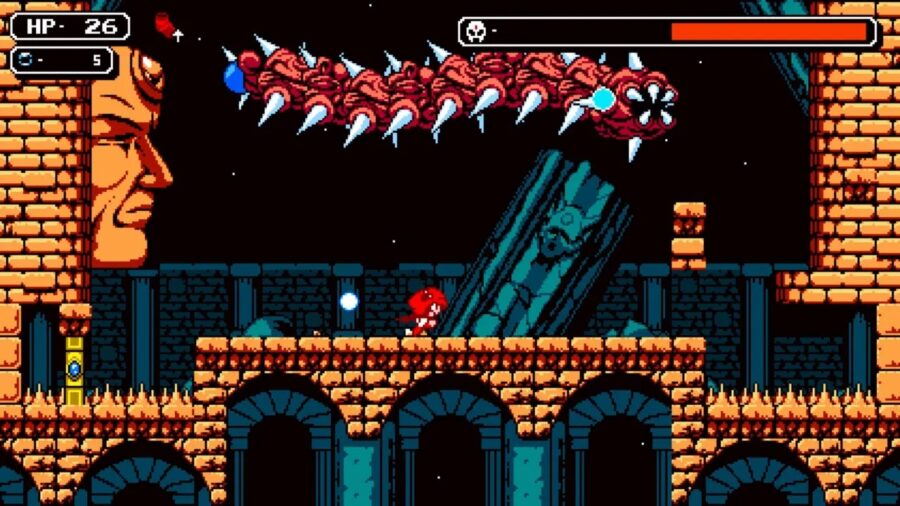

You usually have to find checkpoints that let you switch between parties, which can lead to a little bit of backtracking. The game’s growth is staggering, especially since it’s designed like an older adventure.Īt first, switching characters isn’t instant. For instance, once the Rogue gets her hands on the Griffon Claw, jumping is way more accessible with chaining, which means being able to reach new areas you couldn’t before. What’s more, these characters grow over the course of their journey, thanks to RPG elements that enable you to add new abilities. The rogue is also excellent with her arrows, ideal for hitting something even further out. For instance, the knight’s sword is ideal for close-range attacks, but the wizard can shoot a fireball to take care of enemies from a distance. And being able to switch between the characters is a key mechanic, and also allows you to change up battle tactics. The game blossoms with the style of classic 8-bit adventures, where exploration pays off in spades and you’ll have to deal with hazards one at a time, from statues that spit out projectiles to jumps that could spell your doom if you’re not careful to activate doors that allow you access to new areas.

Also its art style and storyline breathe some fresh life into the genre to boot. Nevertheless like Lost Vikings before it, it plays off in spades with its wonderful gameplay mechanics. However the core mechanic is about the same, as you guide three different characters through a harrowing journey into a darkened dungeon. This is a completely different type of game, built around a classic 8-bit NES style engine that you just don’t see anymore. You can enjoy it all over again in the recently released Blizzard Arcade Collection, but if you’re into that sort of game, I’ve got a hearty recommendation in Astalon: Tears of the Earth. Remember The Lost Vikings? It’s a hell of a puzzle platformer with a bit of strategy, as it allows you to switch off between characters that each serve a special purpose.


 0 kommentar(er)
0 kommentar(er)
